39 drag each label into the appropriate position to identify what cell type is described by the label.
Immunology hw question Flashcards | Quizlet Drag each label into the appropriate position to identify what cell type is described by the label. T cells: - mature in thymus - can produce lethal hits to infected self-cells - the most numerous lymphocyte - direct activation produced by MHC II recognition - direct activation produced by MHC I recognition B cells: ... Solved Drag each label into the appropriate position to - Chegg Question: Drag each label into the appropriate position to identify what cell type is described by the label T cells Can produce lothal hits to infected self-cells Arise originally from bone marrow Lead to the synthesis of antibodies Division stimulated by interleukin B cells Inwolved with IgG and IgM formation in the secondary mmune response In...
Chapter 18: Blood Flashcards | Quizlet Drag each of the labels into the appropriate position to indicate which blood type is being described. - Type AB+: 1. The least common U.S. blood type 2. The universal acceptor 3. Expresses the A agglutinogen 4. Expresses all of the major antigens - Type O-: 1. The most common U.S. blood type 2. The universal donor 3. Expresses the B agglutinin 4.

Drag each label into the appropriate position to identify what cell type is described by the label.
Solved 4 Drag each label into the appropriate position to - Chegg Step 1/5 Immune system The immune system is a network of immune cells and proteins that work together to protect the body against foreign invaders and harmful toxic materials. Antigen: Any foreign substance that can trigger an immune response is called an antigen. Explanation: Definition of immune system and antigen. View the full answer Step 2/5 P262 Connect Homework - Chapter 24. Fluid, Electrolyte, and ... - Quizlet Drag each label to the appropriate position to identify whether the label indicates a neural, ADH, or angiotensin mechanism of blood volume, and thus blood pressure, regulation. Identify the most accurate cause or outcome of the situation described on each label. Complete each sentence by dragging the proper label into the appropriate position. Solved Drag each label into the appropriate position to - Chegg Question: Drag each label into the appropriate position to identify what type of immunity is classified by each label. Antibody-Mediated Plasma cells Perforins and granzymes Immunity B-lymphocytes Humoral immunity Helper T-lymphocytes CD8 cells Agglutination Cytotoxic T-lymphocytes Cell-Mediated Immunity Both Reset Show transcribed image text
Drag each label into the appropriate position to identify what cell type is described by the label.. Solved Drag each label into the appropriate position to - Chegg Expert Answer Answer. The following are the labels that describe the T cell and B cells. 1. T-cell -Include helper cell lines. - Direct activation produced by MHC-1 recognition. -Direct activation produced by MHC-2 recognition - arise originally from t … View the full answer Transcribed image text: Solved Osteoblast vs. Osteoclast vs. Osteocyte Drag each - Chegg 1. Osteoblast Bone-building cells , Involved with bone deposition. Calcitonin causes these … View the full answer Transcribed image text: Osteoblast vs. Osteoclast vs. Osteocyte Drag each label into the proper position to identify the type of bone cell described. Blood vessels Flashcards | Quizlet Place the following steps in the correct order: a. ACP replaces CoA to produce malonyl-ACP. b. Enoyl-ACP reductase reduces its substrate with NADPH and ACP is removed. c. The beta-ketoacyl-ATP synthetase condenses acetyl-ACP or a growing chain with malonyl-ACP. d. The beta-ketoacyl-ACP dehydrase dehydrates its substrate. e. Solved Drag each label into the appropriate position to - Chegg Anatomy and Physiology Anatomy and Physiology questions and answers Drag each label into the appropriate position to identify what type of immunity is classified by each label.
Chap 21 (vessels) Lab Flashcards | Quizlet Drag each label into the appropriate position to identify whether the characteristic is indicative of arteries or veins. Arteries: -Carry blood away from the heart -exhibit greater ability to alter vessel diameter -pulsatile flow of blood Veins: -contain the majority of blood at any one time -collapsed when empty -Carry blood towards the heart A&P Ch. 5 Muscular and Nervous Tissue Flashcards | Quizlet Drag each label into the appropriate position to identify whether the statement depicts something true or false about the specimen pictured below. - usually uni- or binucleated -involuntarily controlled -centrally located nuclei -located throughout the body lining areas -contains little to no blood supply -contains thousands of visible cells Solved Drag each label into the appropriate position to - Chegg Science Anatomy and Physiology Anatomy and Physiology questions and answers Drag each label into the appropriate position to identify what cell type is described by the label. This problem has been solved! You'll get a detailed solution from a subject matter expert that helps you learn core concepts. See Answer Chapter 22/23 Flashcards | Quizlet Drag each label into the appropriate position to identify what type of immunity is classified by each label. Antibody: Humeral, B, Aggulation Cell: Cytoxic, perforins, CD8 Both:Helper T Plasma? Foreign substances that elicit an immune response are termed Antigens
Solved Drag each label into the appropriate position to - Chegg Question: Drag each label into the appropriate position to identify what type of immunity is classified by each label. Antibody-Mediated Plasma cells Perforins and granzymes Immunity B-lymphocytes Humoral immunity Helper T-lymphocytes CD8 cells Agglutination Cytotoxic T-lymphocytes Cell-Mediated Immunity Both Reset Show transcribed image text P262 Connect Homework - Chapter 24. Fluid, Electrolyte, and ... - Quizlet Drag each label to the appropriate position to identify whether the label indicates a neural, ADH, or angiotensin mechanism of blood volume, and thus blood pressure, regulation. Identify the most accurate cause or outcome of the situation described on each label. Complete each sentence by dragging the proper label into the appropriate position. Solved 4 Drag each label into the appropriate position to - Chegg Step 1/5 Immune system The immune system is a network of immune cells and proteins that work together to protect the body against foreign invaders and harmful toxic materials. Antigen: Any foreign substance that can trigger an immune response is called an antigen. Explanation: Definition of immune system and antigen. View the full answer Step 2/5
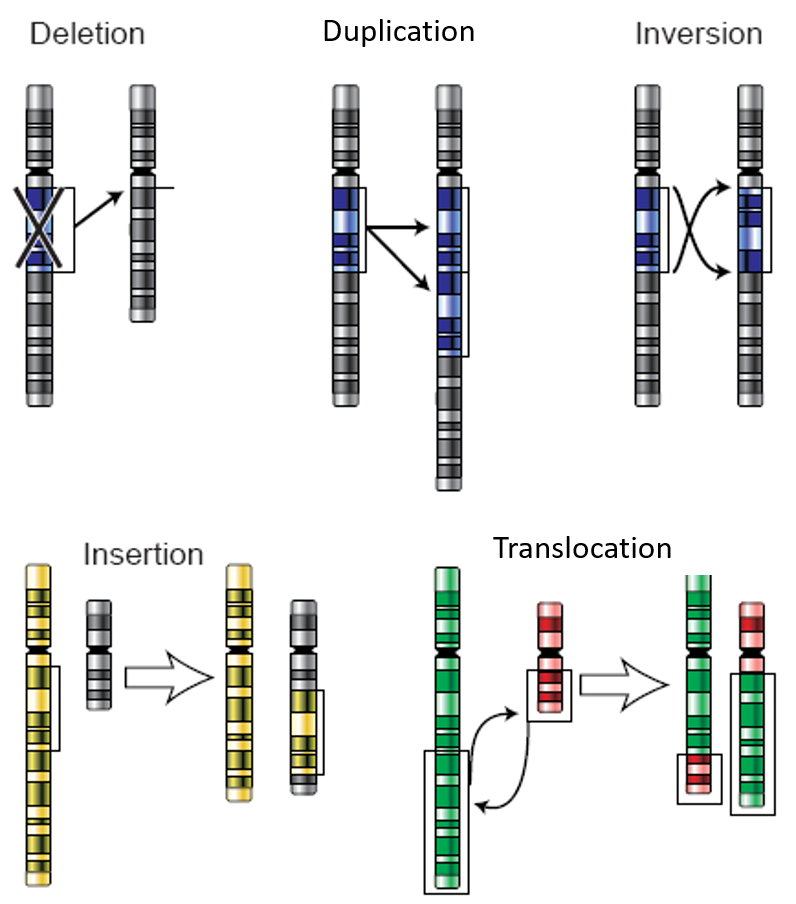

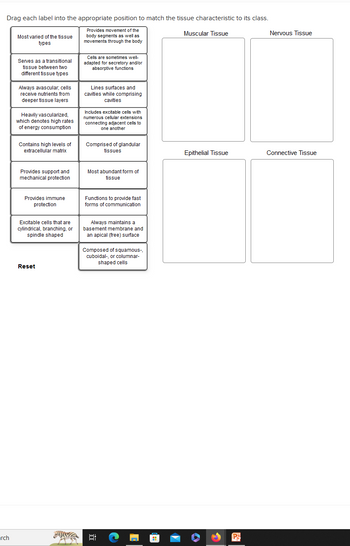


![A Practical Guide to Video Recognition [Overview and Tutorial]](https://assets-global.website-files.com/5d7b77b063a9066d83e1209c/64524d1b75706a35873d56c6_HERO%20-%20Video%20Recognition%20-min.jpg)
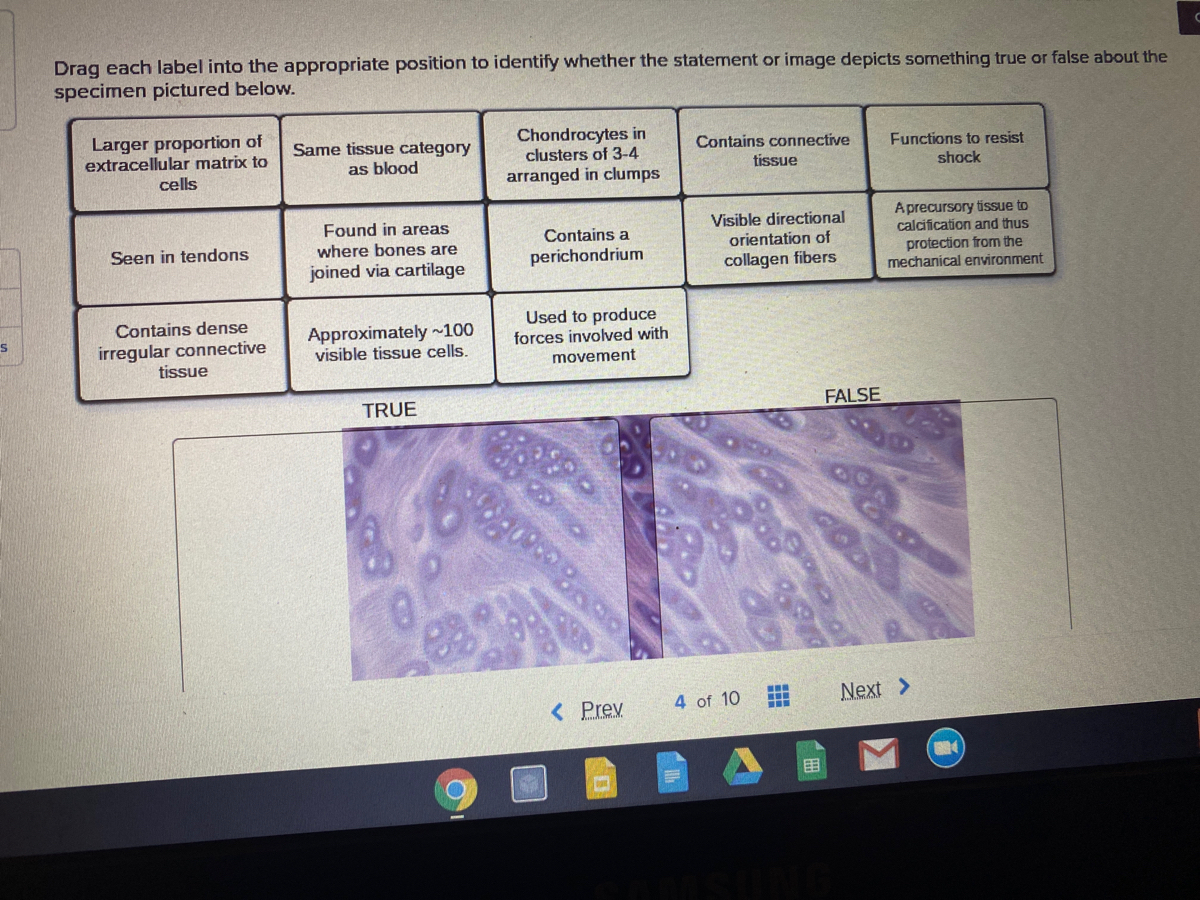
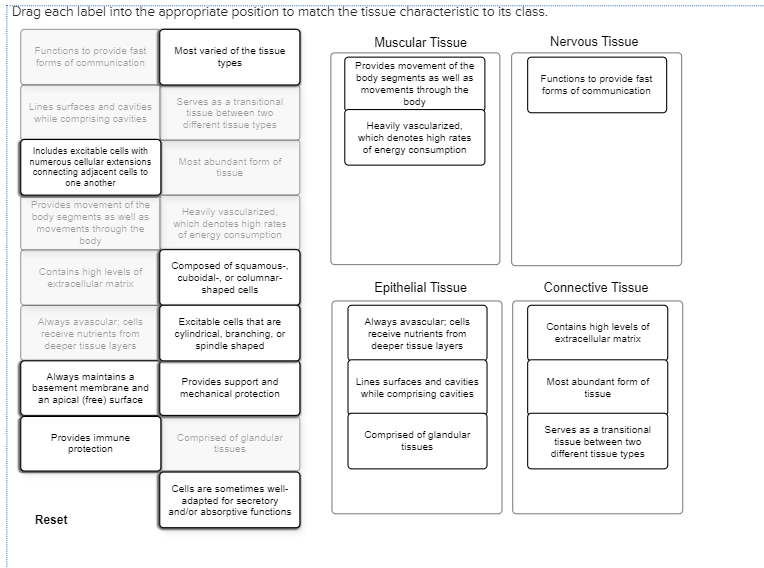
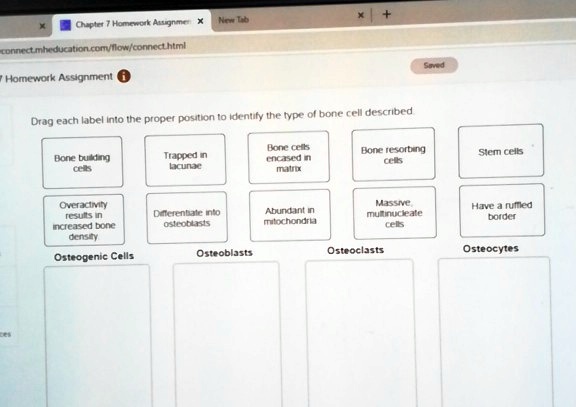



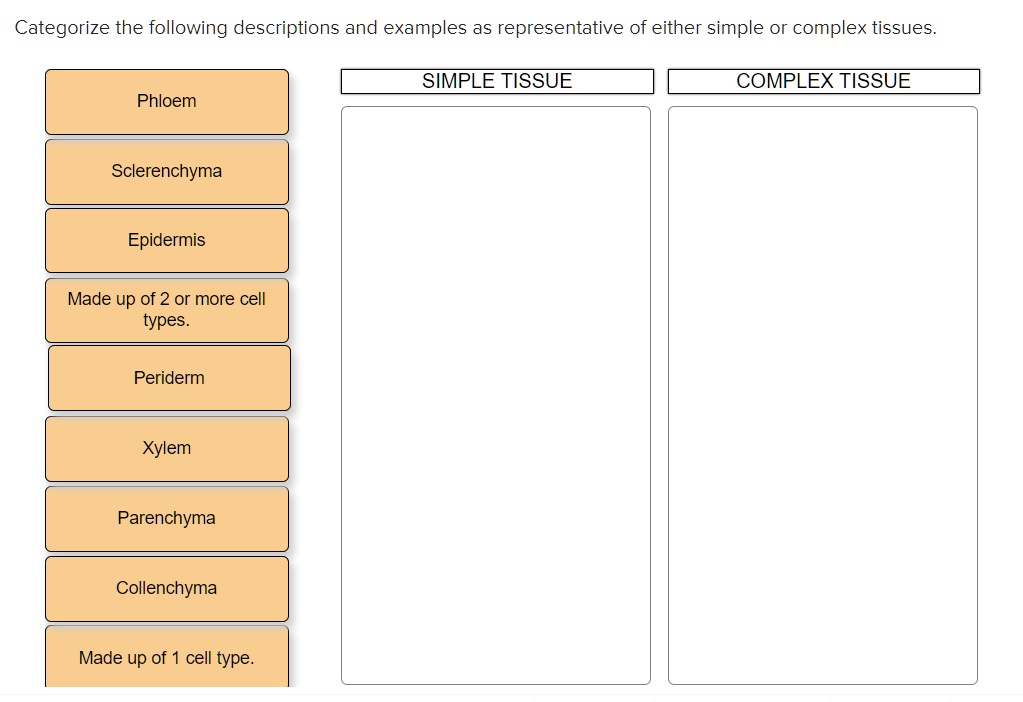
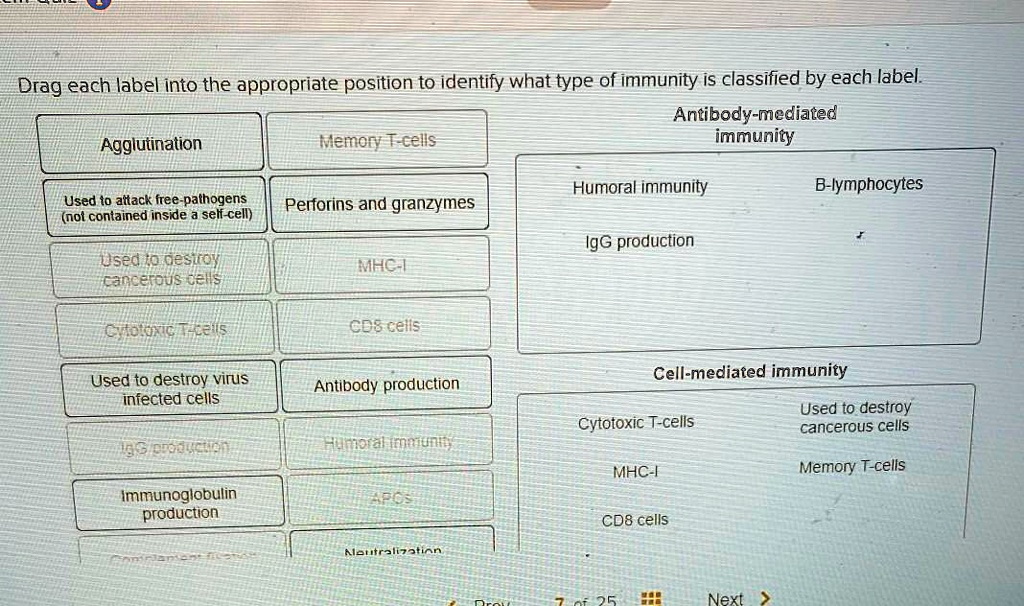




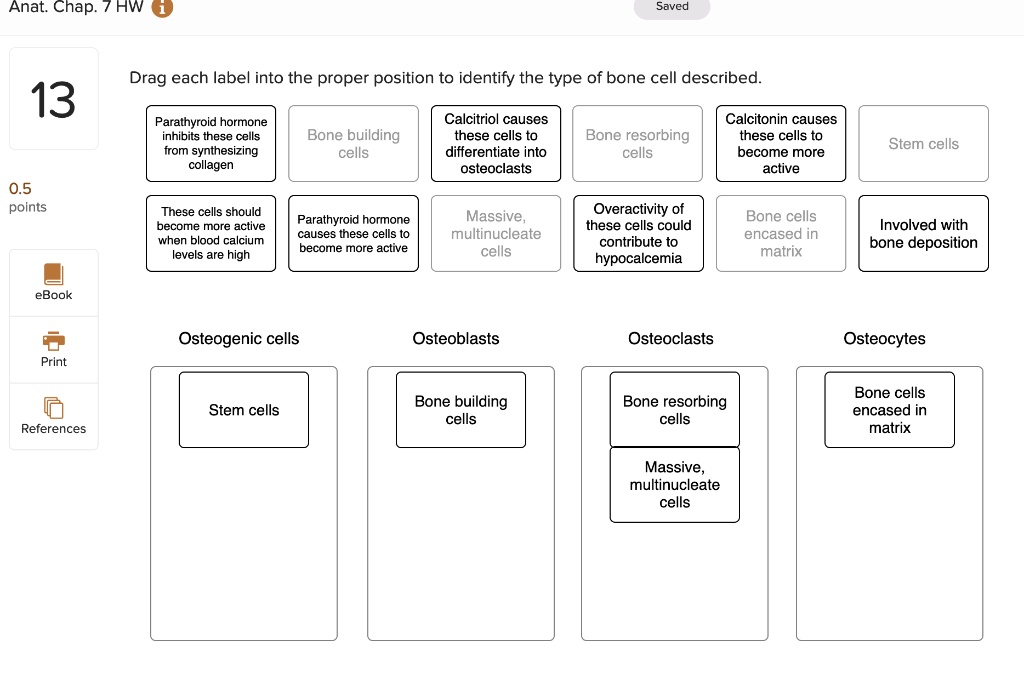



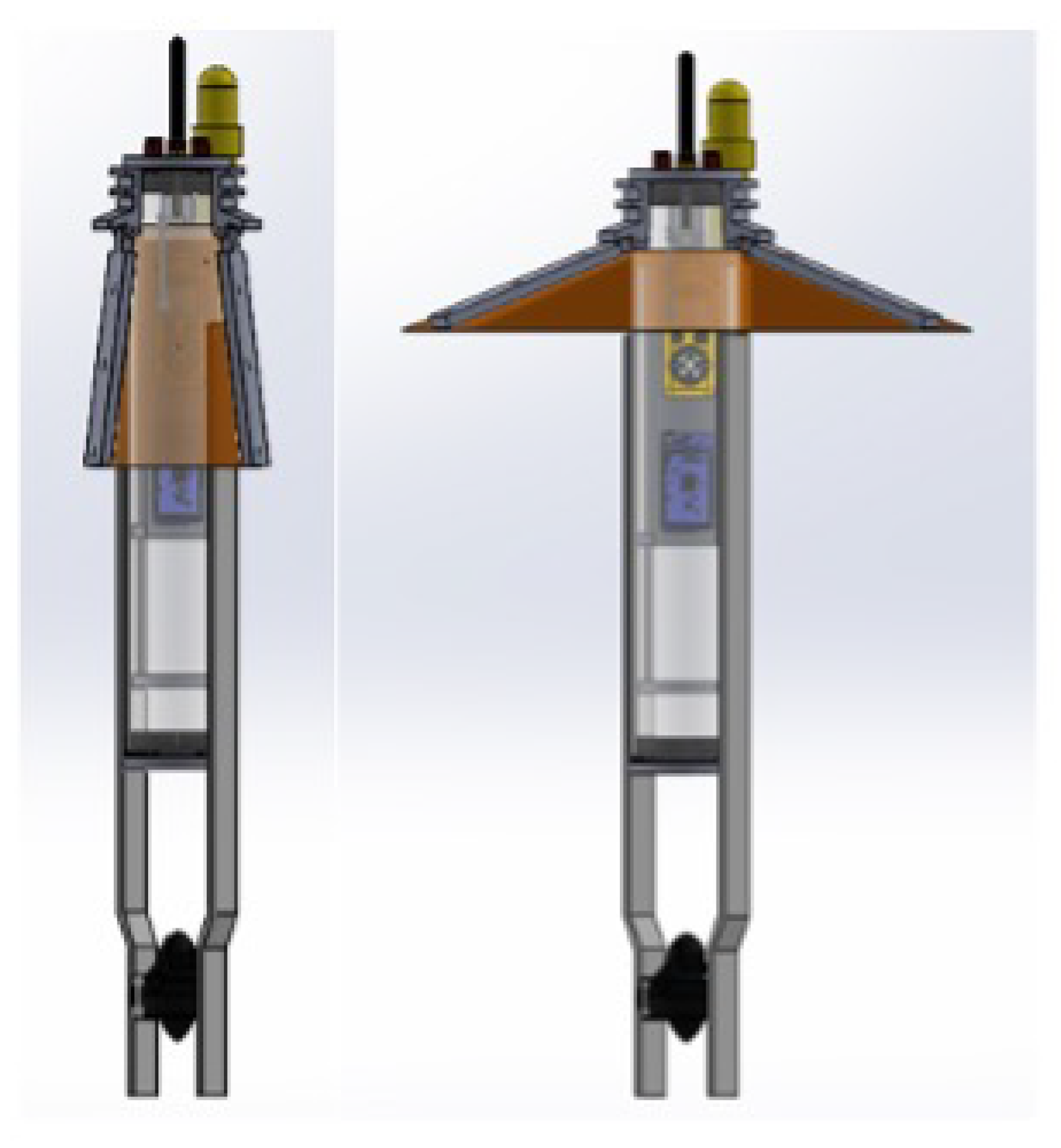







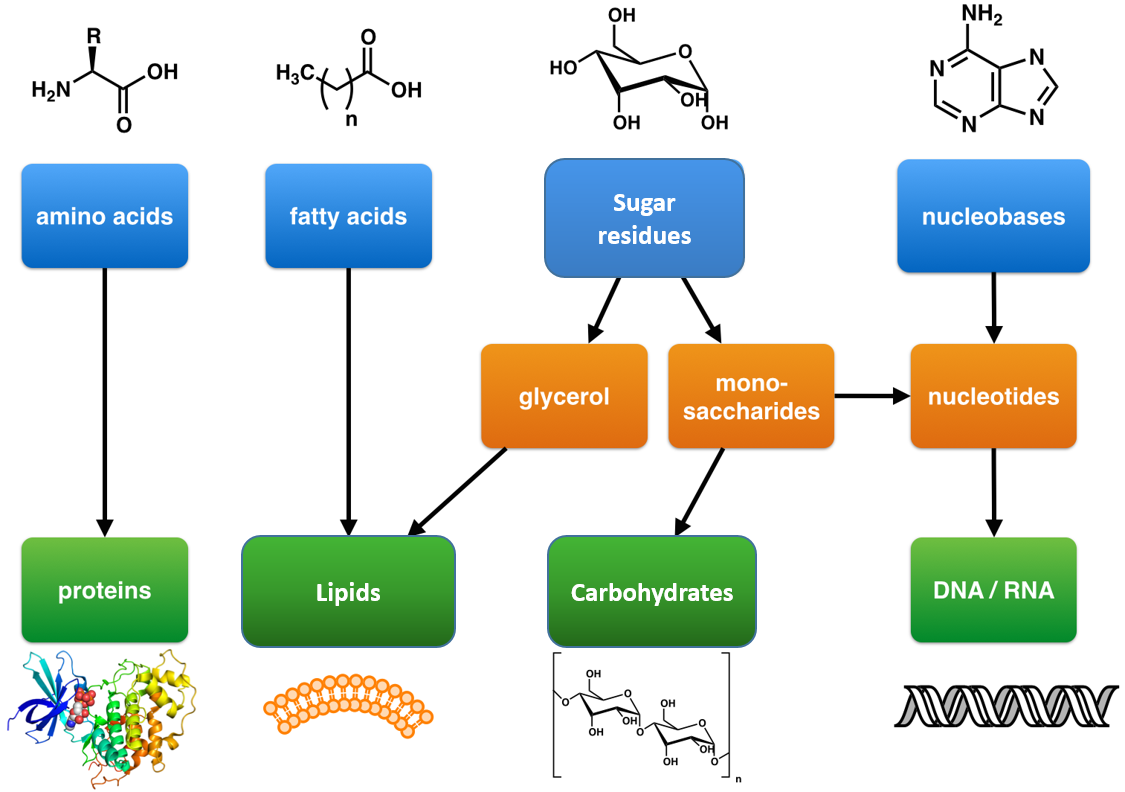

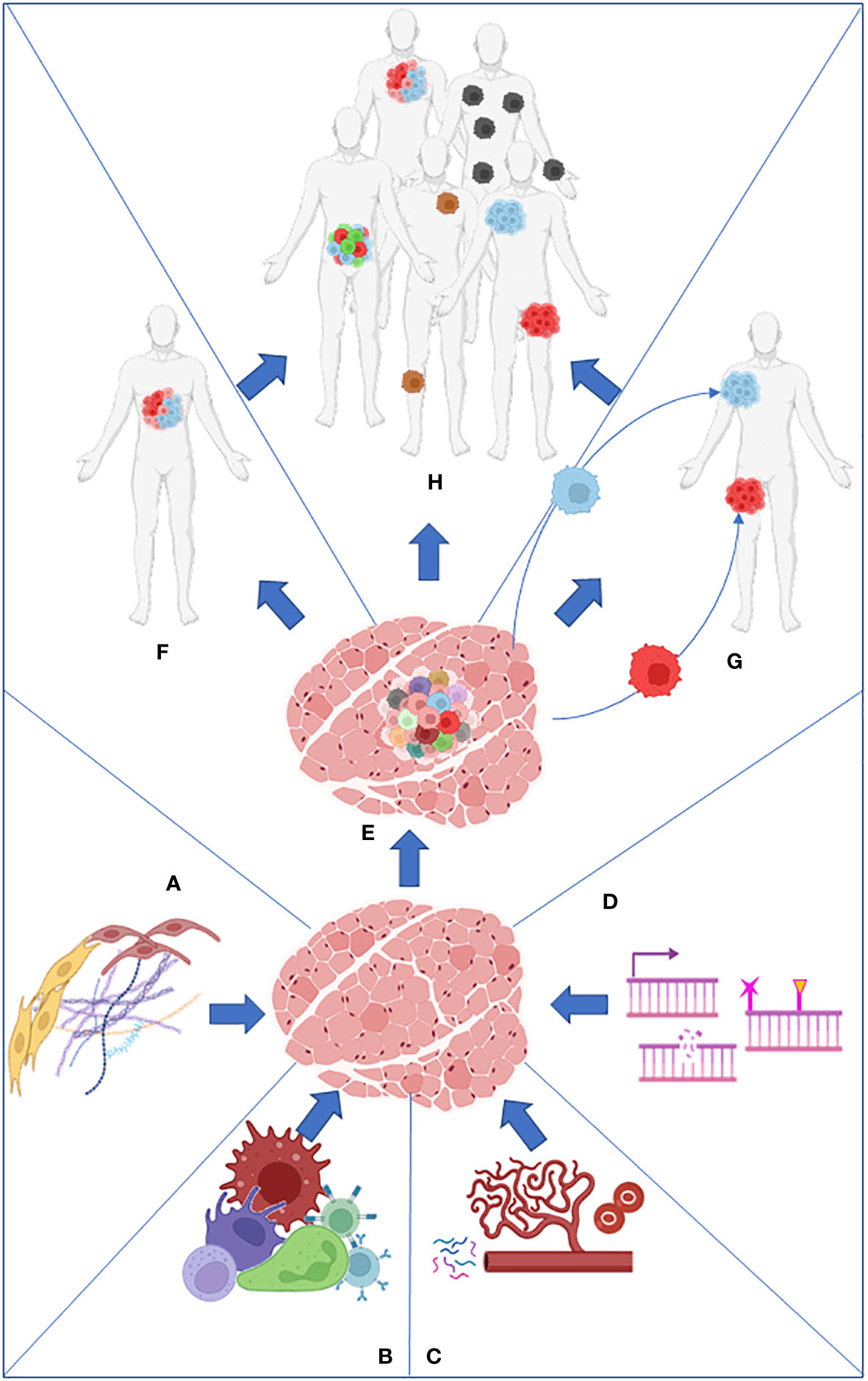



Post a Comment for "39 drag each label into the appropriate position to identify what cell type is described by the label."